Les instruments de Stefano Scarampella sont considérés comme les meilleurs et les plus cotés de la lutherie italienne des XIXème et XXème siècles. Luthier sur le tard, cela n’a pas empêché Stefano Scarampella de produire des instruments réputés pour leurs excellentes qualités sonores et joués encore aujourd’hui par de grands musiciens, à l’exemple de Tom Chiu, Jasper Wood ou encore Yevgeny Kutik. Le 1er décembre 2022, deux intéressants instruments du luthier seront présentés aux enchères. Tout d’abord, un rarissime petit violon fait à Mantoue en 1897, venant s’ajouter à une mince liste de trois autres modèles connus, passés aux enchères sur les cinquante dernières années. Le deuxième instrument est un beau violon de la maturité, réalisé à Mantoue en 1905, accompagné d’un certificat d’Etienne Vatelot du 15 novembre 1977.
Stefano Scarampella est né à Brescia, dans le quartier Sant’Alessandro, le 17 mars 1843[1]. Il est issu d’une famille de luthiers puisque son père, Paolo, pratiquait cette activité en tant qu’amateur tandis que son frère cadet, Giuseppe Scarampella, était luthier professionnel et conservateur du musée du Conservatoire de Florence. Ce dernier avait d’ailleurs été en partie formé en France, dans l’atelier de Nicolò Bianchi, suite aux recommandations du musicien Antonio Bazzini.
Avant de se consacrer pleinement à la lutherie, Stefano Scarampella travaillait comme “carpentiere” (menuisier) et participa notamment à la construction de la ligne de tramway Ostiglia-Mantoue-Brescia, qui l’obligea à déménager à Mantoue. Veuf avec deux enfants à charge – dont un fils devenu violoncelliste – il dut attendre 1890 et l’âge de 47 ans pour se lancer officiellement dans la lutherie, rejoignant l’atelier de son frère qu’il considérera toute sa vie comme son professeur. Dès le début de sa carrière, son travail fut récompensé à l’occasion d’une exposition donnée à Brescia en 1890, au cours de laquelle il remporta une médaille d’argent[2]. Passionné et humble, il passa de longues années à expérimenter et mener des recherches sur les instruments et leur facture, faisant revivre des traditions qui avaient disparu.
Sans recherche d’ostentation, les instruments de Stefano Scarampella étaient réalisés à partir de matériaux locaux, plus ou moins précieux. A force de persévérance et porté par un talent naturel, il devint bientôt un habile luthier au savoir-faire reconnu des musiciens. Réalisé en 1897, il est difficile de croire que le petit violon ¾ de la vente Vichy Enchères du 1er décembre 2022 est l’œuvre d’un luthier actif depuis moins de sept ans… De belle facture, ce modèle a également l’intérêt d’être peu commun. En effet, sur les cinquante dernières années, seuls trois autres petits violons de sa main ont été vendus aux enchères.
[1] Eric Blot, Un secolo di liuteria italiana 1860-1960, a century of Italian violin making, vol II Lombardia e Veneto, 1997
[2] Eric Blot, Un secolo di liuteria italiana 1860-1960, a century of Italian violin making, vol II Lombardia e Veneto, 1997
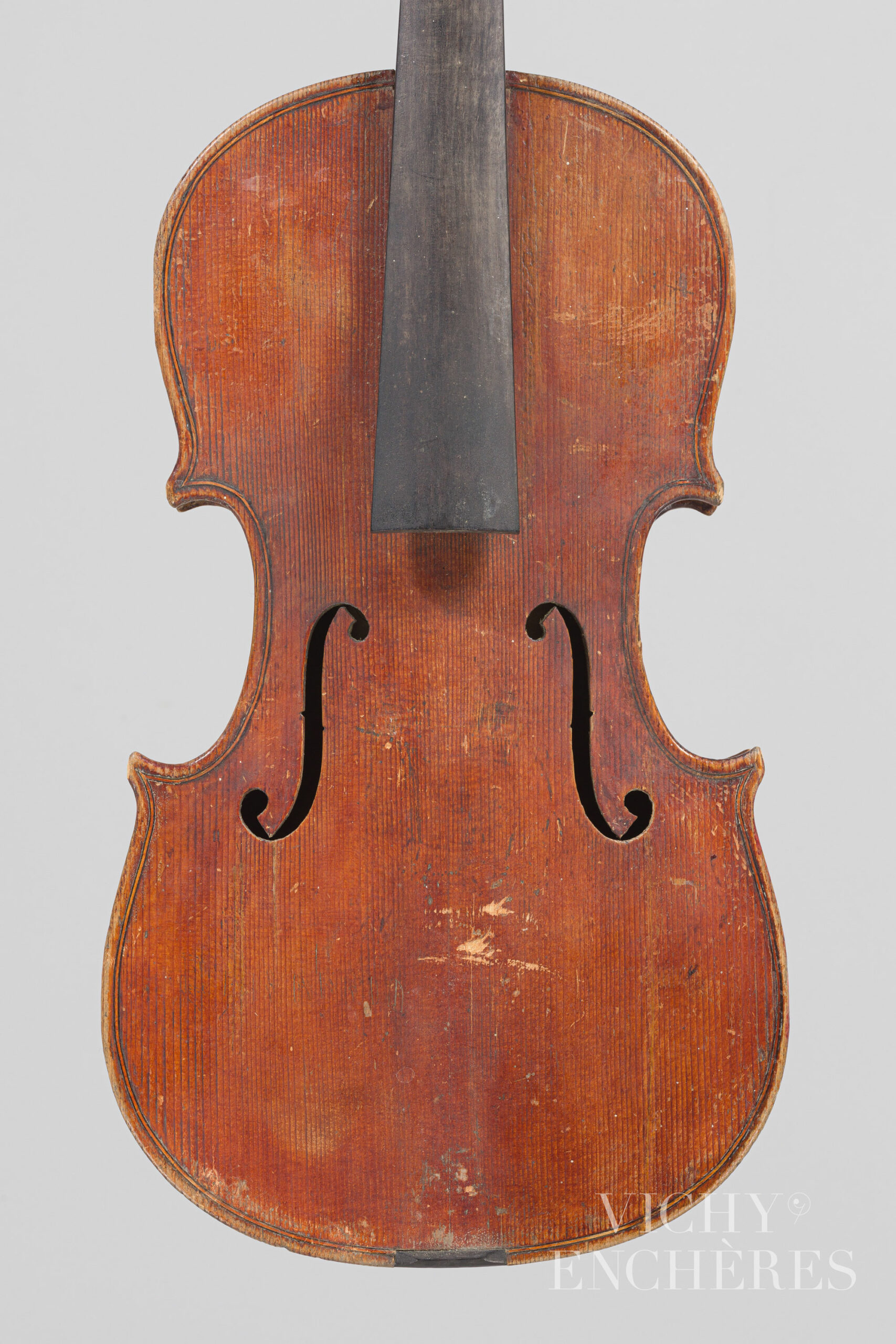
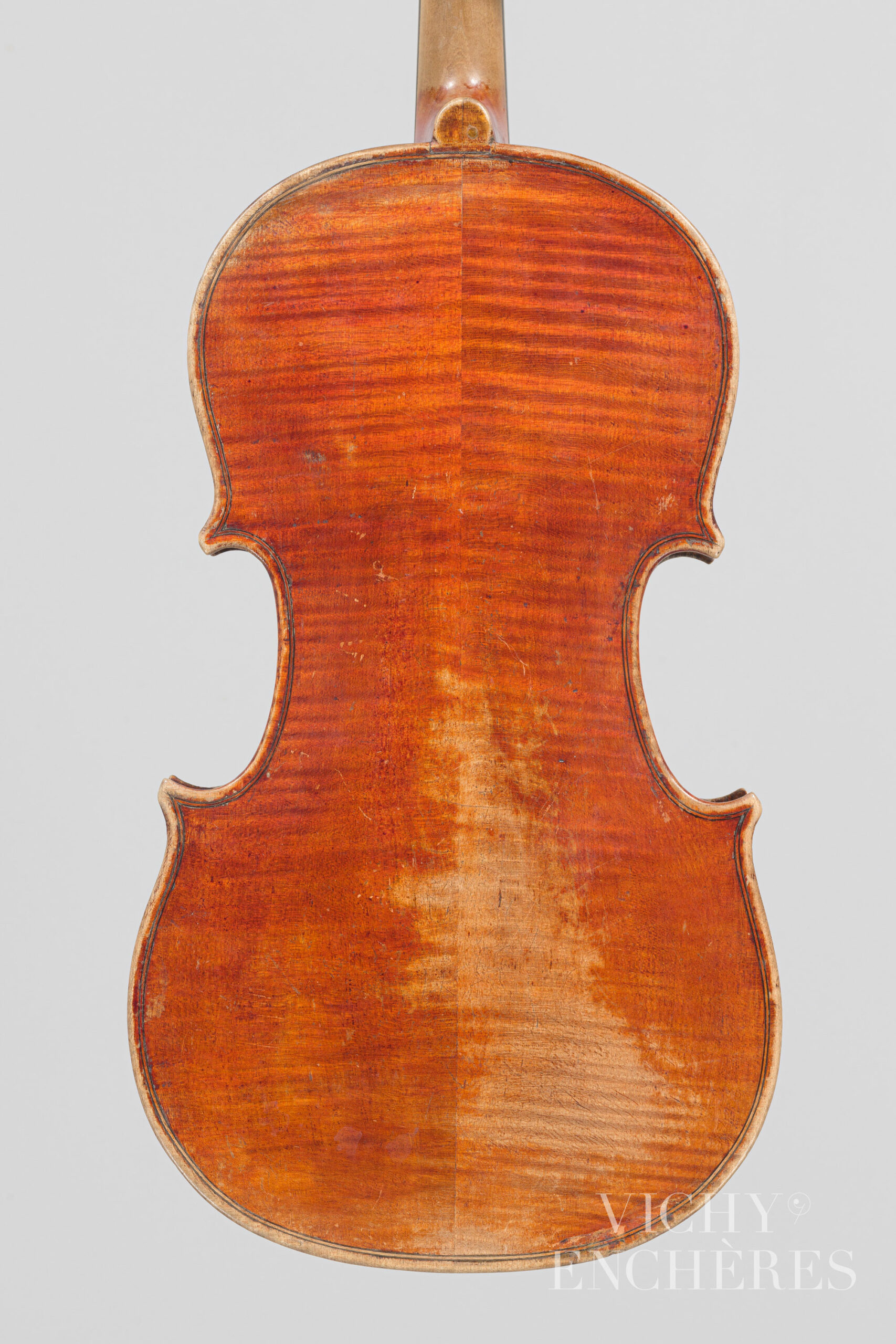
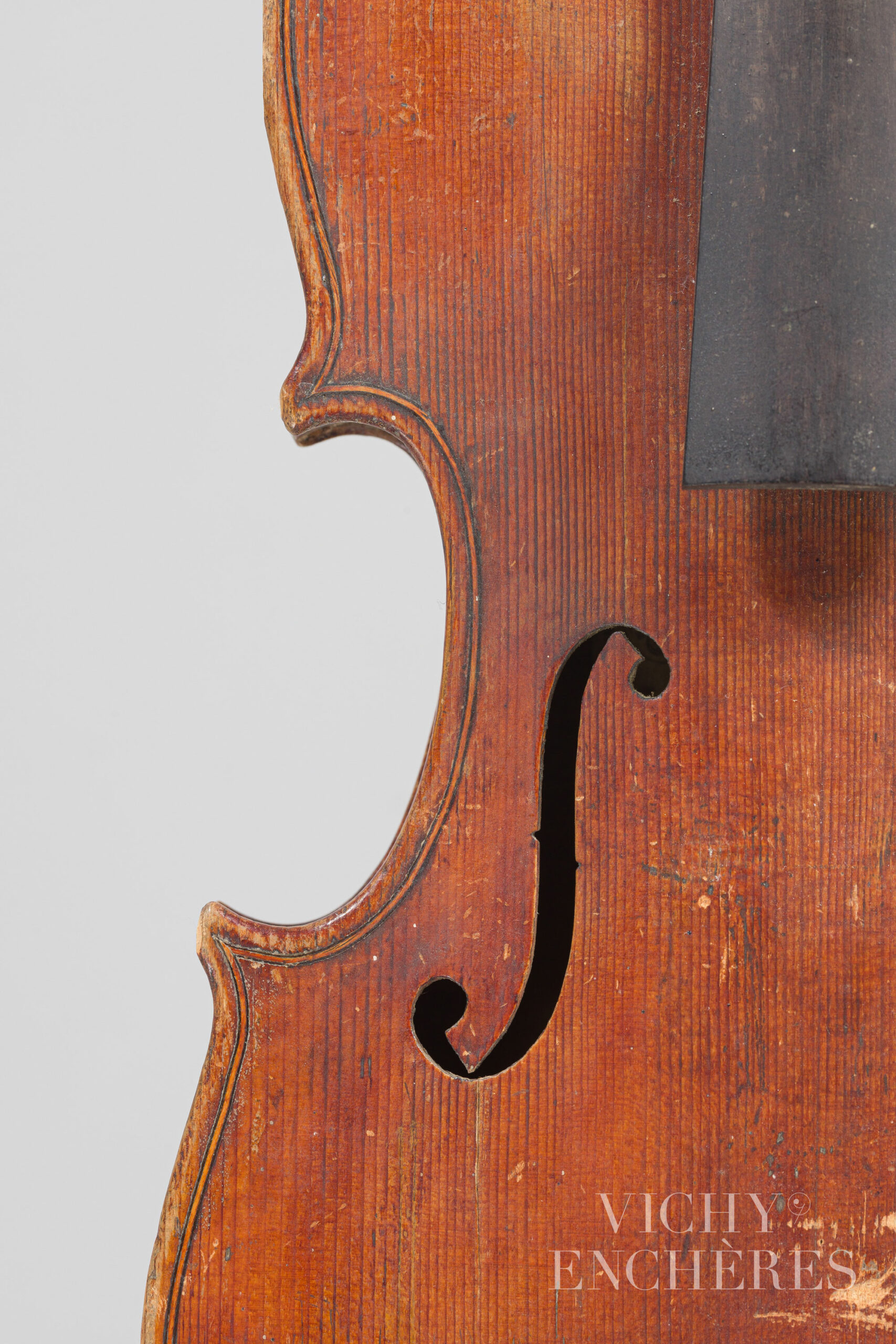
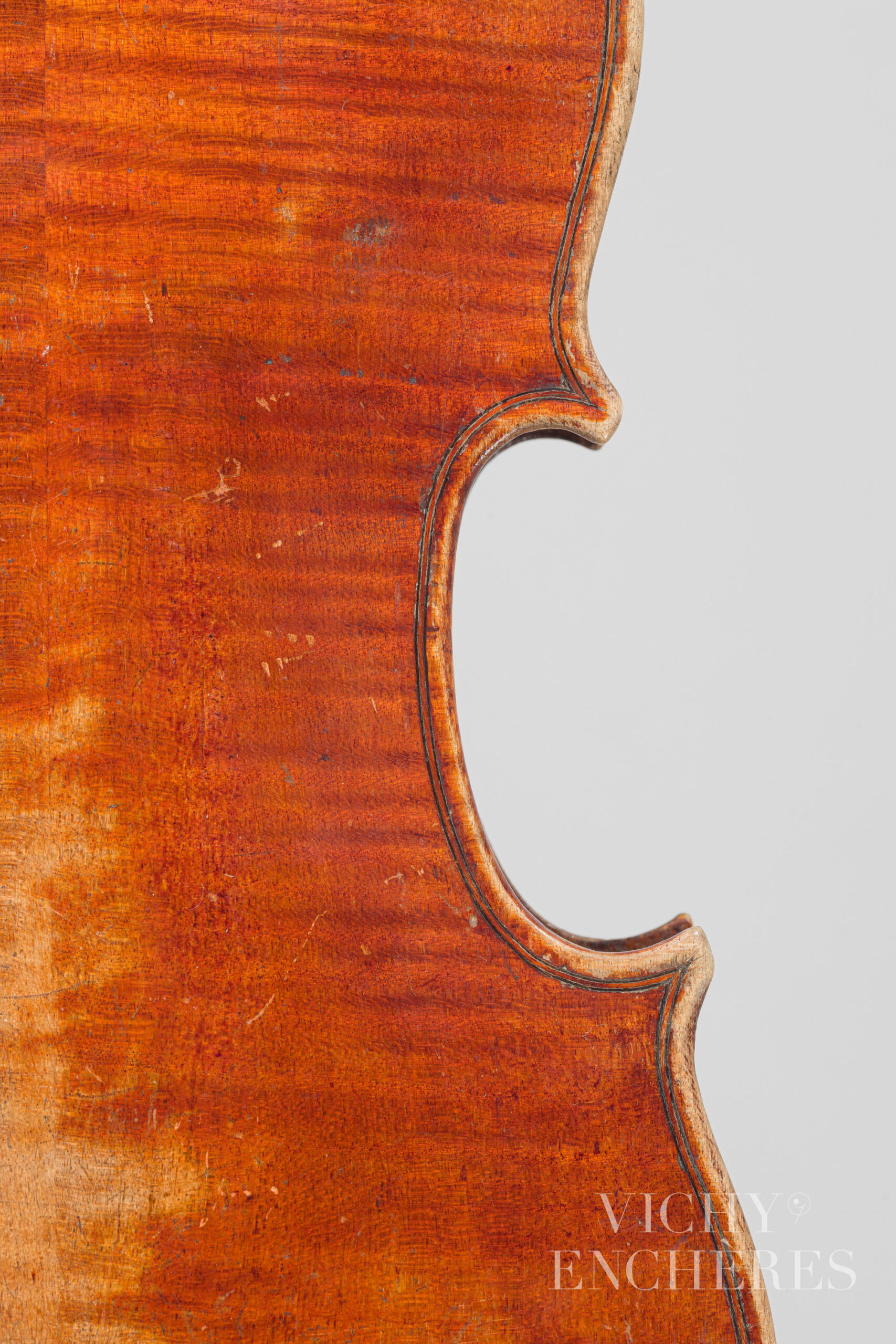
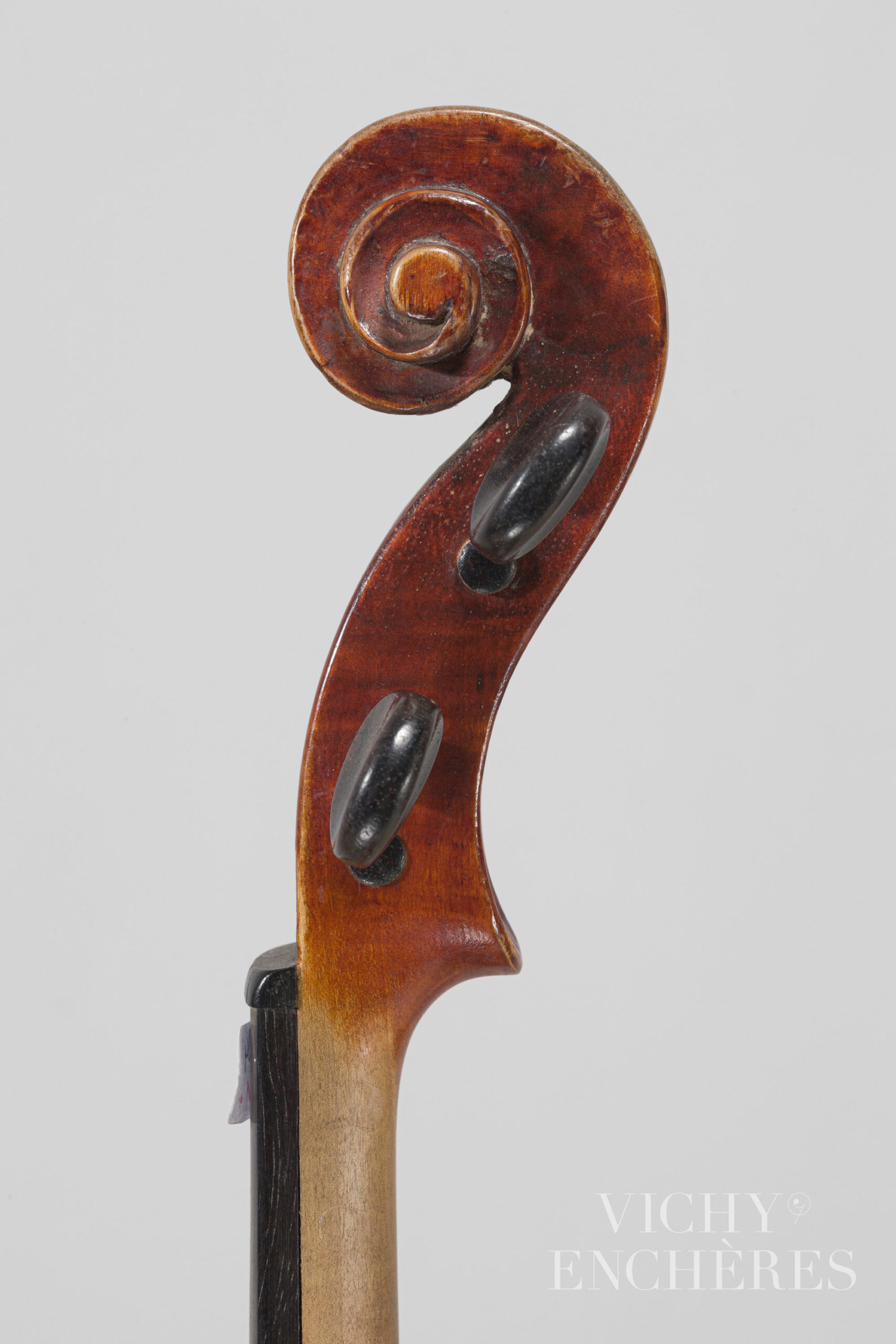
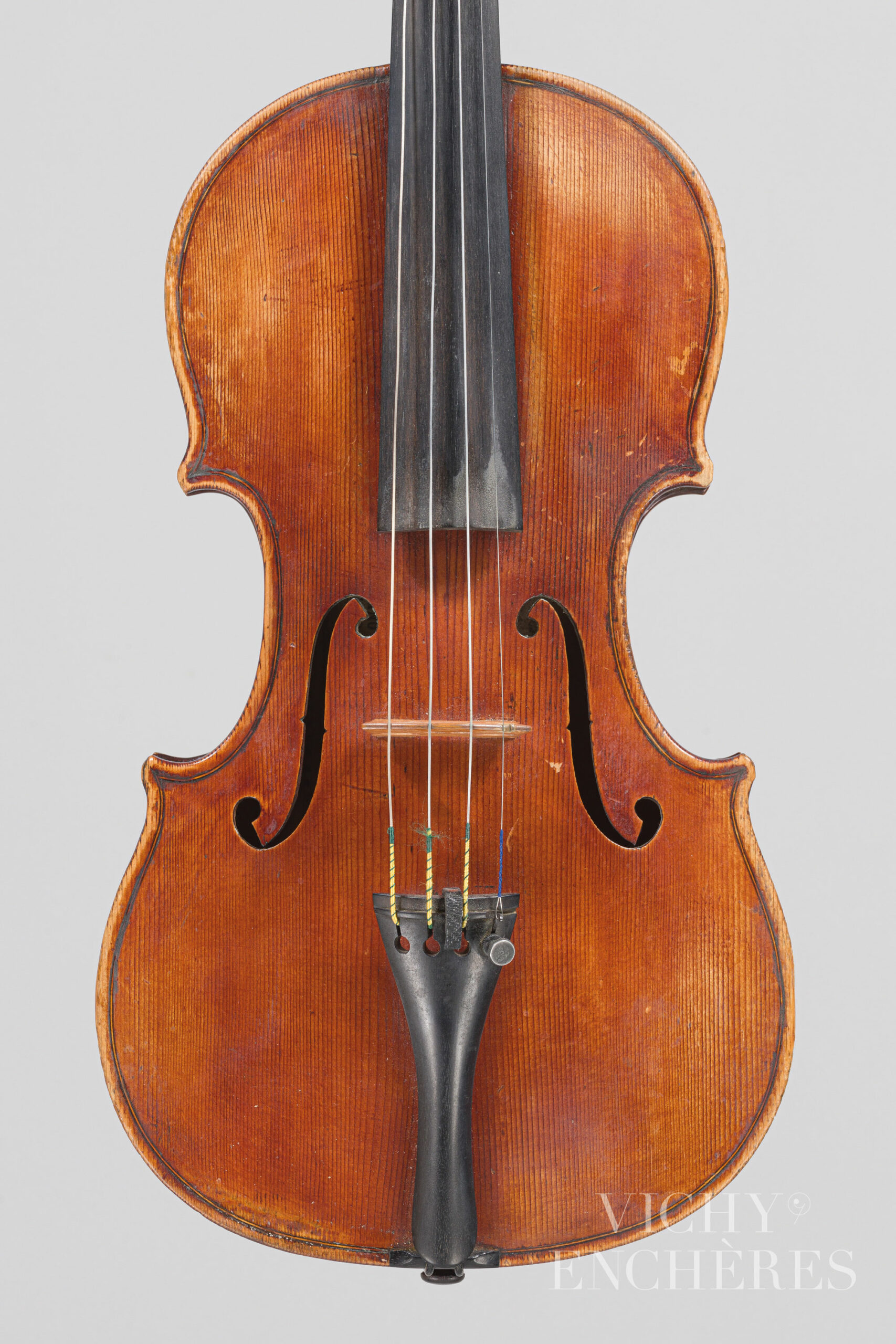
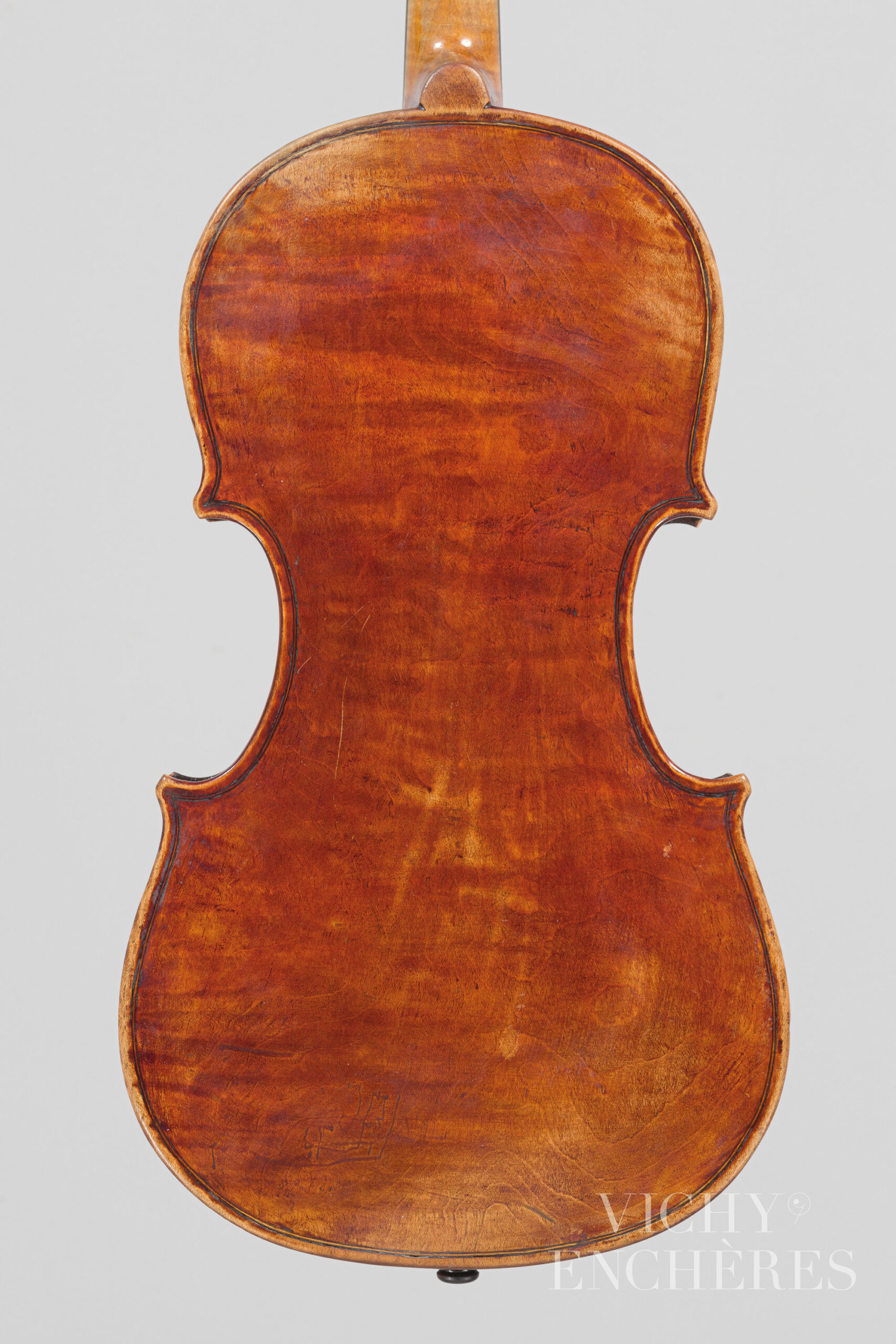
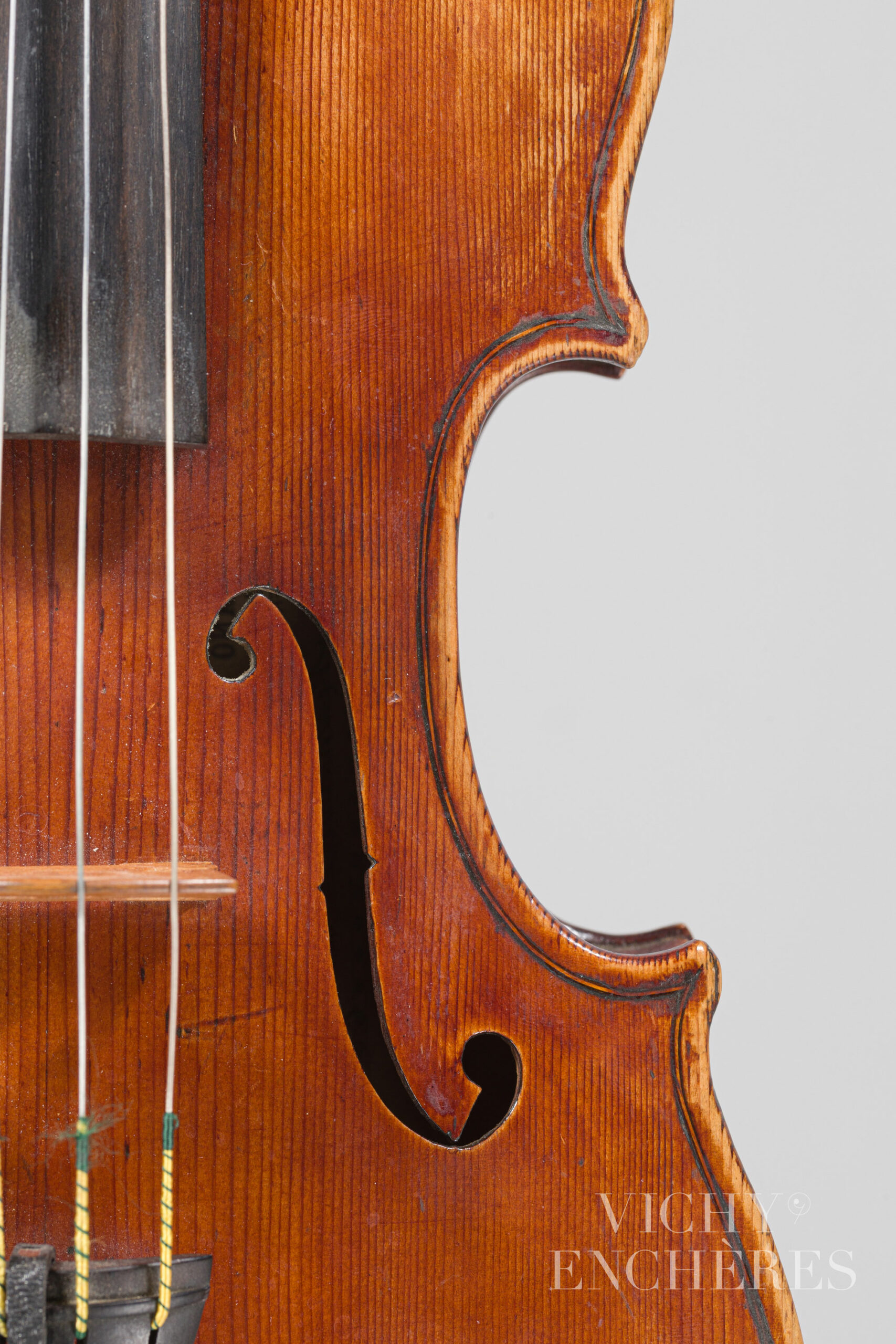
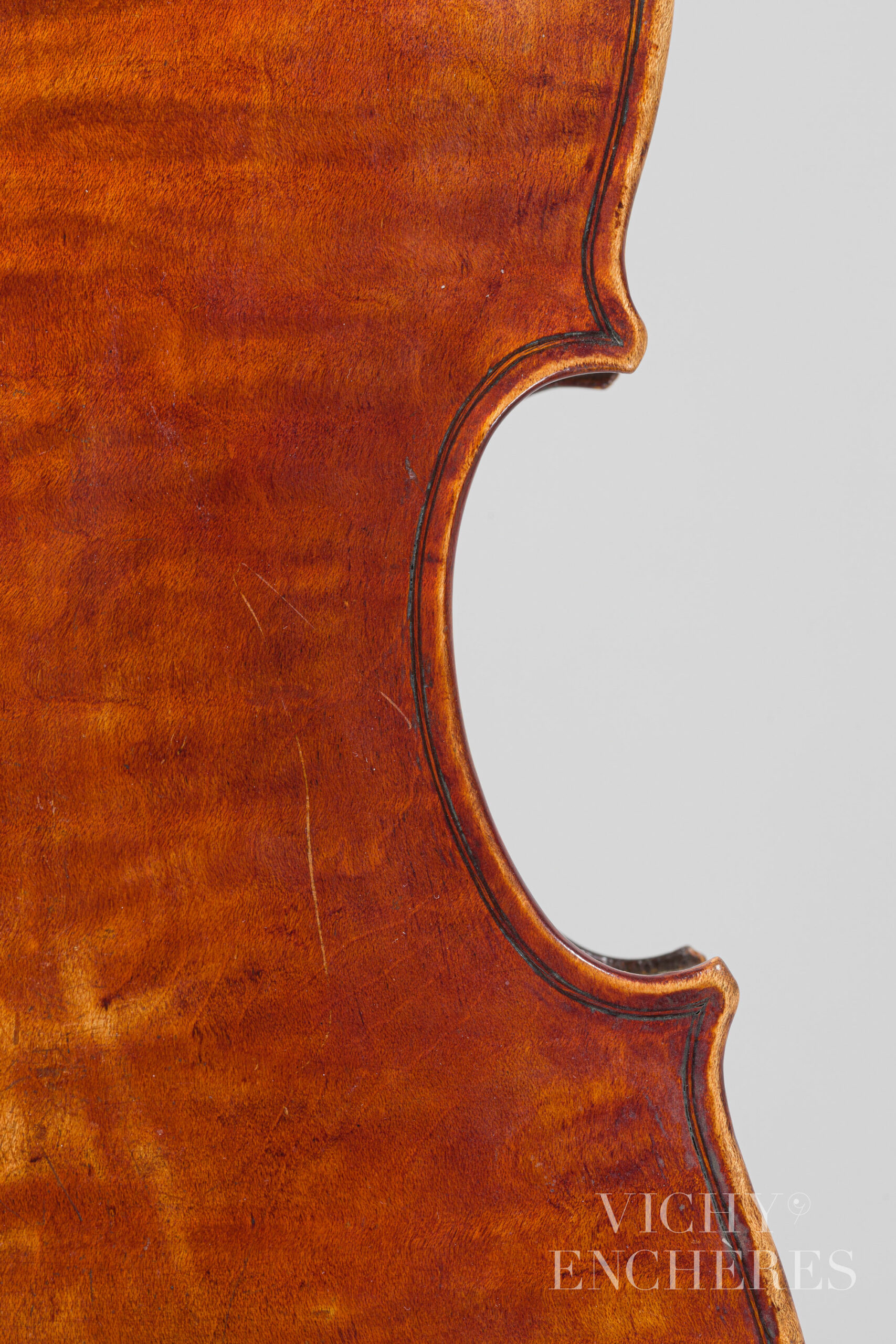
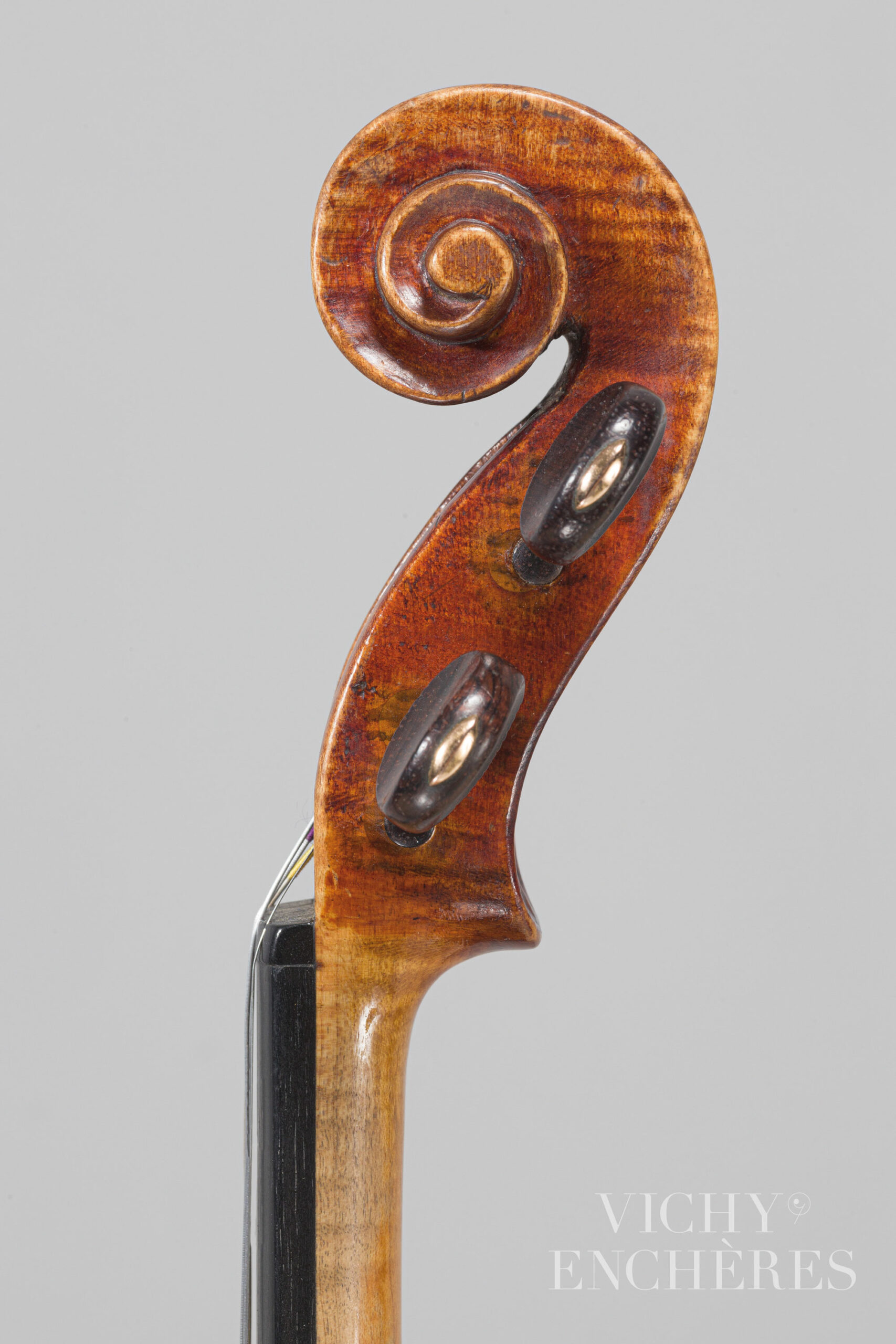
A la disparition de Giuseppe en 1902, Stefano Scarampella hérita de tout son matériel et de ses recettes – des vernis jusqu’aux modèles -, ce qui donna une nouvelle impulsion à sa carrière. Cet événement explique sans doute aussi que Stefano se soit senti redevable de son frère et qu’il se présenta sur un grand nombre de ses étiquettes comme “Fratello ed allievo del Giuseppe”. Il est vrai que suite au décès de Giuseppe, la production de Stefano prit une ampleur inédite.
Entre 1903 et 1915, son style s’affirma et atteignit en effet sa pleine maturité artistique. Stefano Scarampella développa ses propres modèles, tout en rendant hommage à l’art oublié des anciens luthiers de Mantoue, à une époque où la lutherie italienne était en proie à la concurrence des ateliers français et allemands semi-industrialisés.
On peut également noter que les instruments de Stefano Scarampella présentent un vernis de belle qualité, allant du brun orangé au rouge vif, appliqué en couches fines. La voûte de leur table est généralement assez bombée jusqu’aux filets et les ouïes suivent principalement le modèle de Guarneri.
“His instruments bear witness to his brilliance and a spontaneous expressivity that had its equal only in Guarneri del Gesu (in another epoch). His instruments were soon in high demand for precisely these qualities (even before his death).”
Stefano s’inspira notamment de Dall’Aglio, Balestrieri et du modèle de Guarneri utilisé par son frère, tout en mettant au point des techniques et caractéristiques stylistiques singularisant sa production. D’une grande expressivité, ses instruments sont notamment identifiables à leur tête à la découpe très personnelle, de forme ronde, à coquillon plutôt large et volute symétrique, leur donnant beaucoup de caractère, à l’image du violon de 1905 de la vente du 1er décembre 2022. Ce style vigoureux et plutôt masculin n’est pas sans évoquer les anciens luthiers de Mantoue, tels que Tommaso Balestrieri.
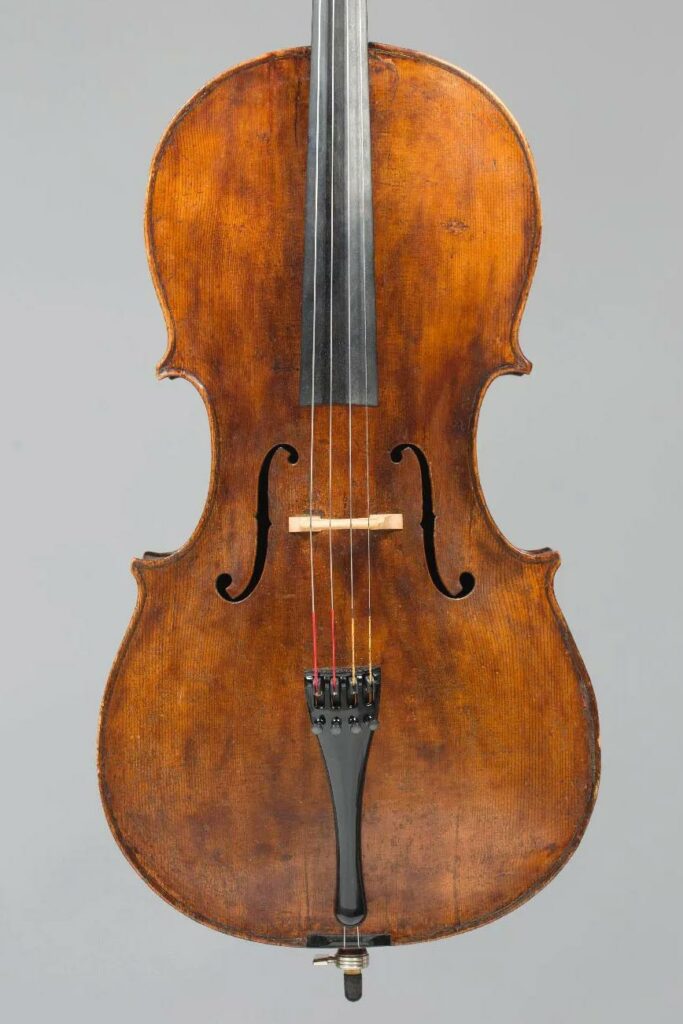
Les instruments de Stefano Scarampella furent rapidement recherchés par les musiciens, convaincus par leurs qualités sonores exceptionnelles. Encore aujourd’hui, ses instruments sont prisés pour leur son irréprochable, leur musicalité, justesse, ainsi que pour leur riche amplitude sonore.
Certains spécialistes n’hésitent d’ailleurs pas à les comparer, sur le plan de la qualité sonore, aux instruments de Giovanni Battista Guadagnini.
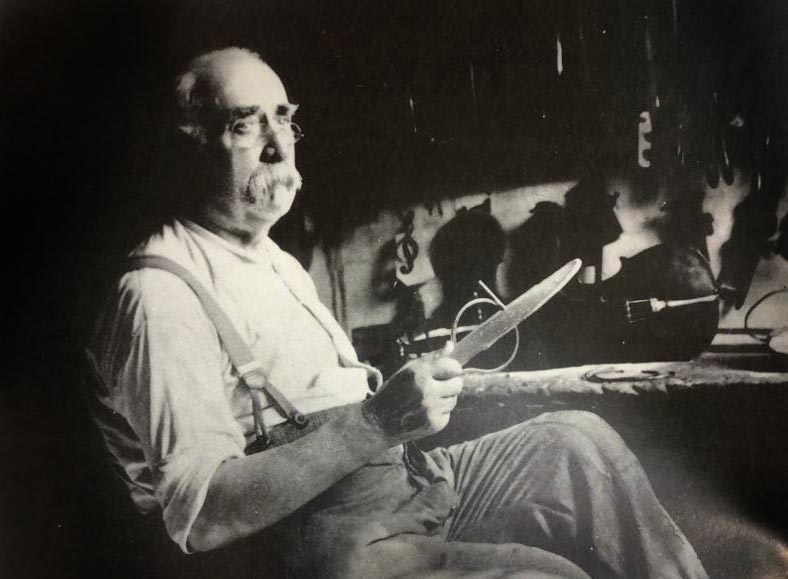
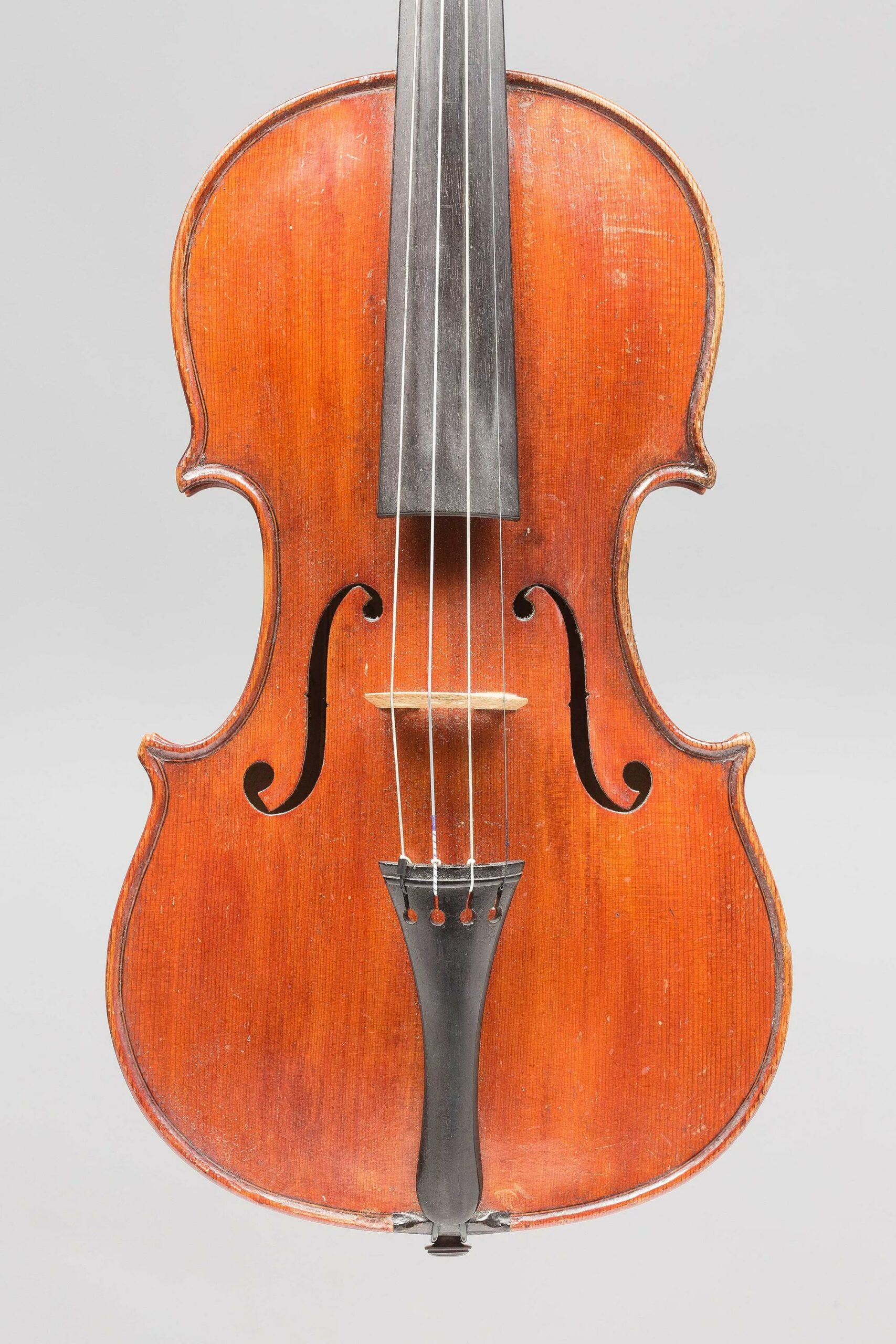
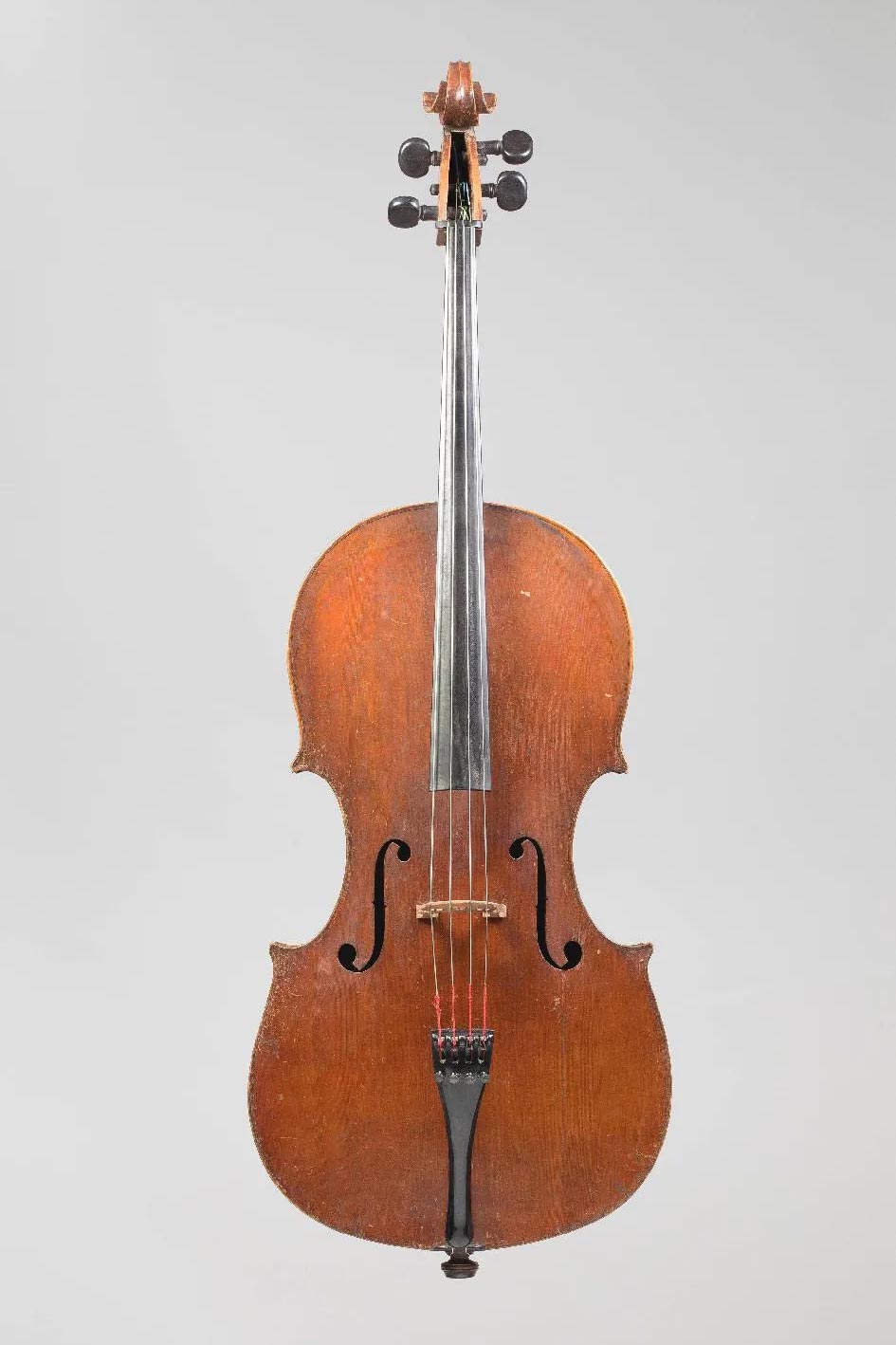
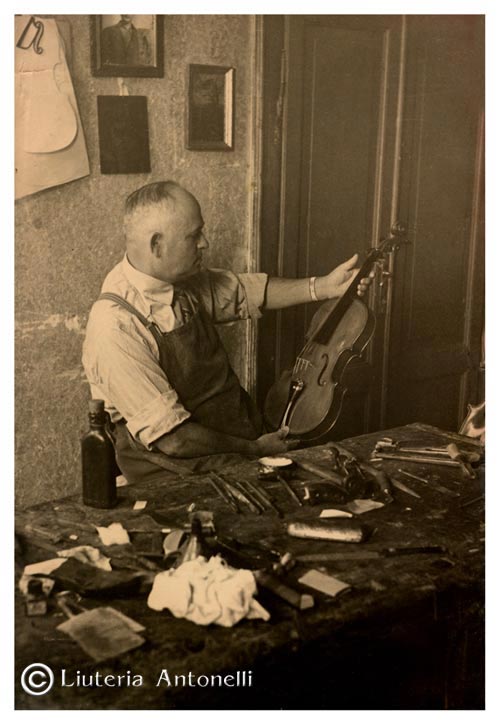
Malgré sa simplicité et son humilité, Stefano Scarampella devint ainsi très reconnu et adulé de ses contemporains. Outre l’estime des musiciens, il reçut également celle des personnalités politiques de son temps, à l’instar du député Giuseppe Roberti, qui lui passa commande de plusieurs instruments portant ses armoiries[1].
[1] Eric Blot, Un secolo di liuteria italiana 1860-1960, a century of Italian violin making, vol II Lombardia e Veneto, 1997
Ce succès explique aussi qu’un grand nombre de luthiers après lui se réclamèrent de ses élèves, alors que seul Gaetano Gadda eut l’honneur de l’avoir été de 1919 à la mort du maître en 1925.
La production de Stefano Scarampella donna naissance à toute une école de lutherie dans la région de Mantoue, composée de luthiers tels que Sgarabotto, Politi, Pedrazzini, Simonazzi, Carpi ou encore Solferini, qui imitèrent son style, sans toutefois l’égaler.
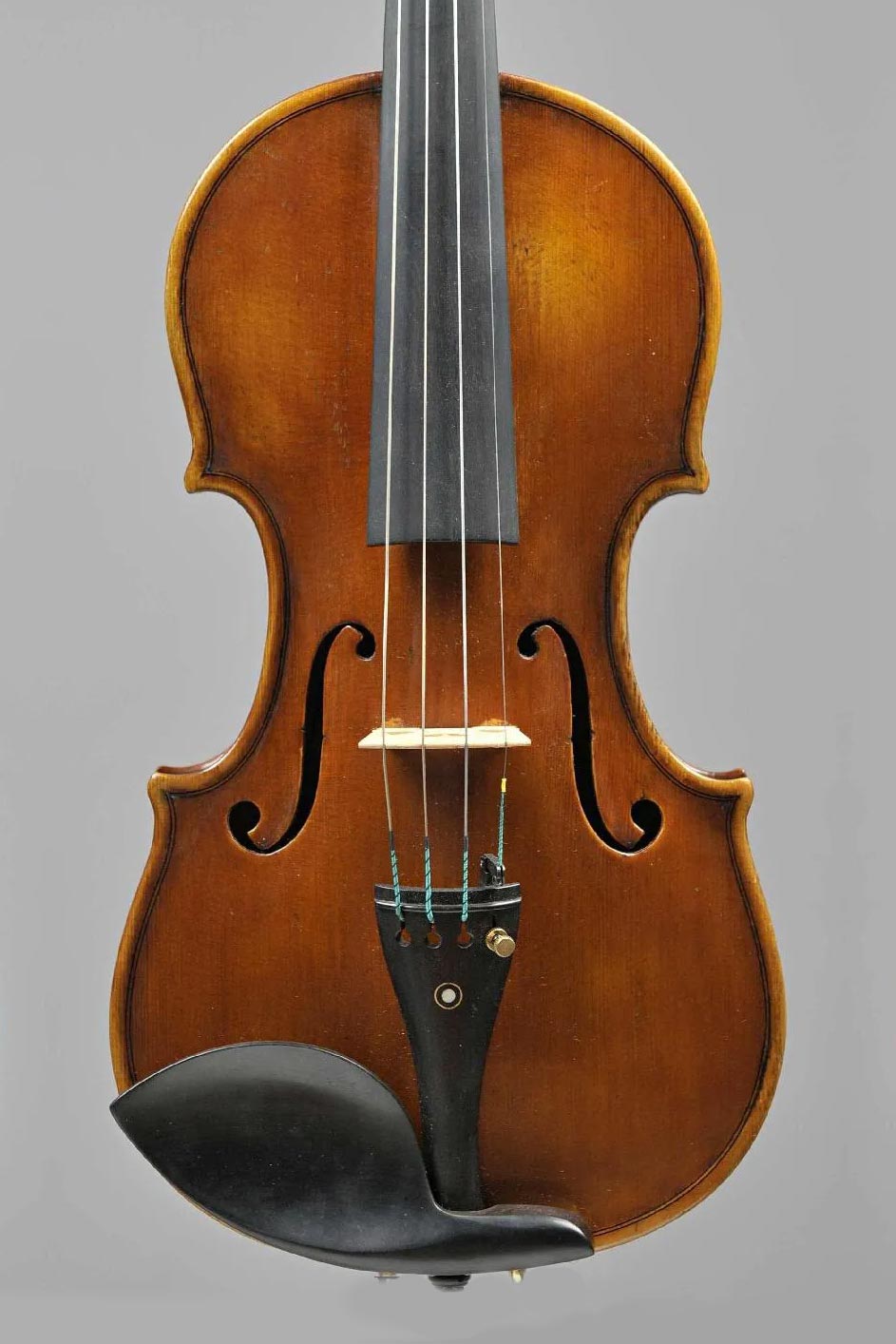
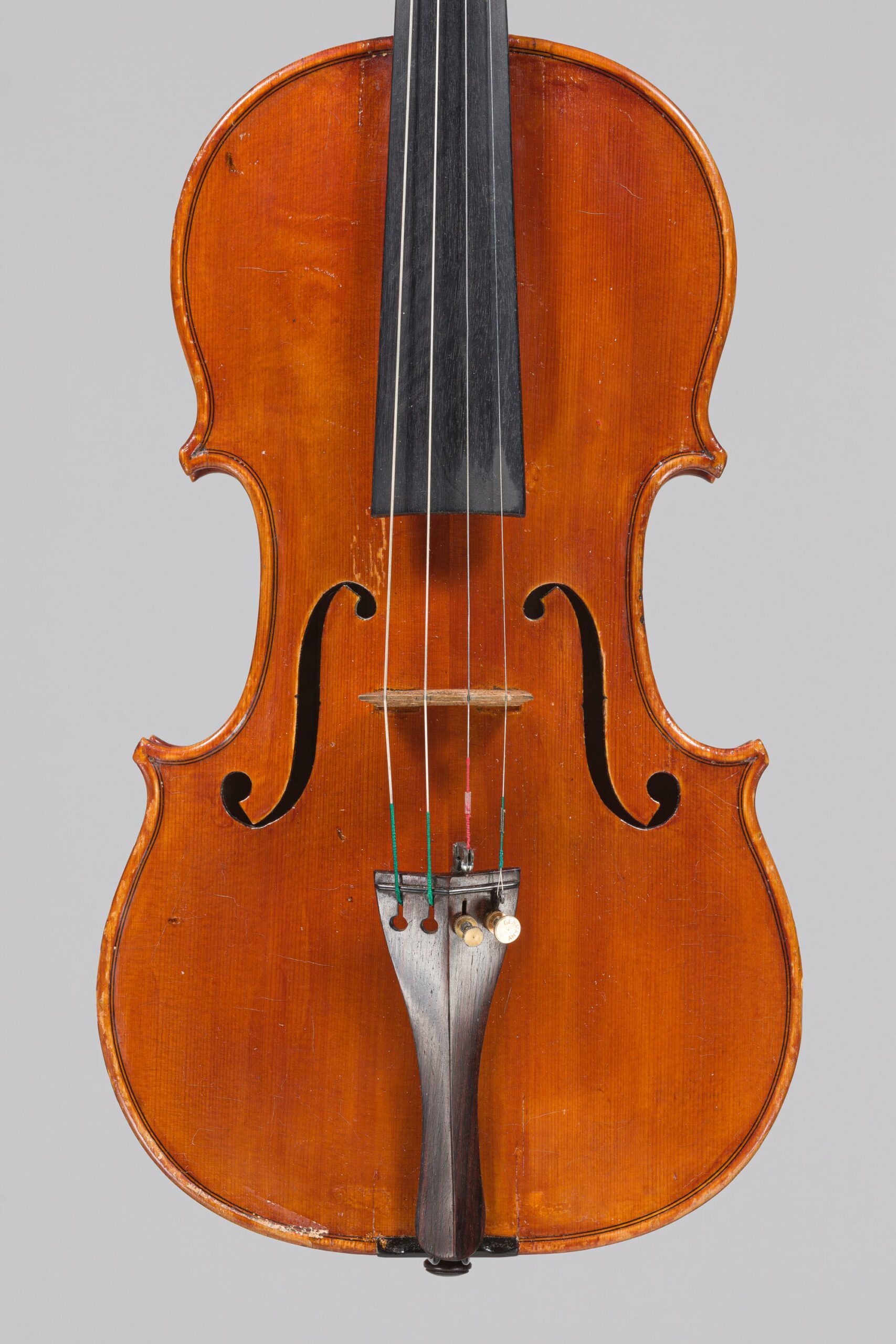
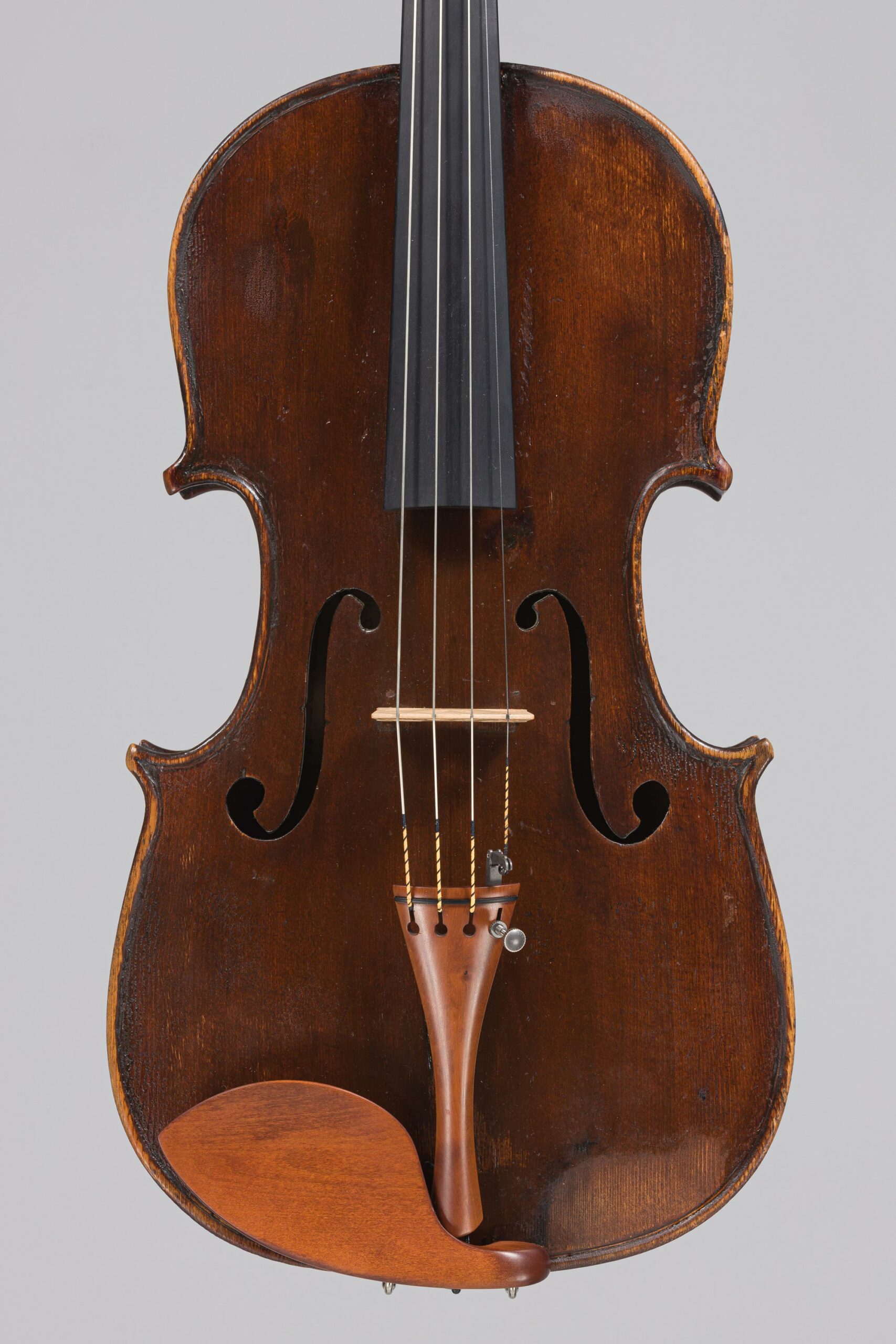
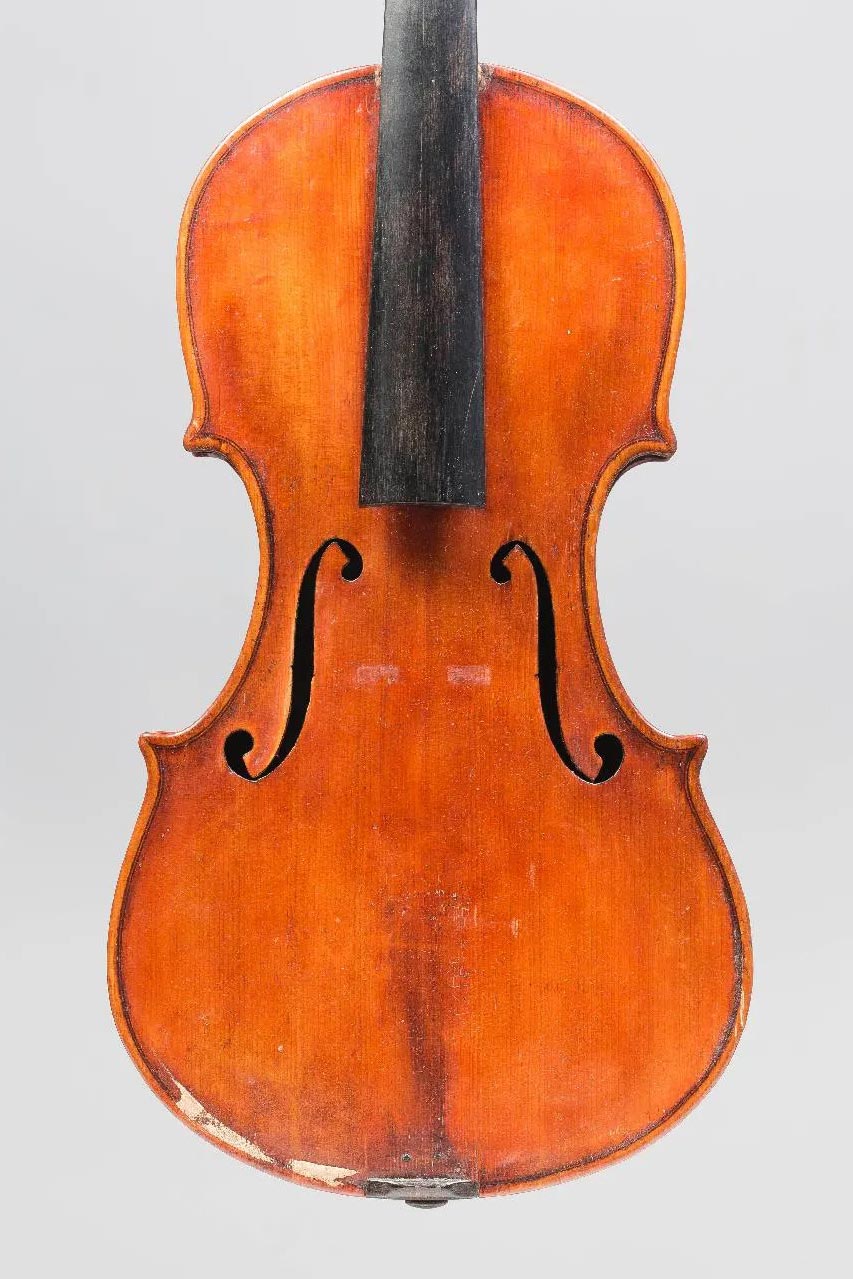
Stefano Scarampella redonna vie à l’art de la lutherie de la région de Brescia et Mantoue, dont le savoir-faire était en voie de disparition. Ses instruments au style vigoureux et expressif furent immédiatement prisés par les musiciens, séduits par leurs qualités sonores exceptionnelles et continuent, encore aujourd’hui, d’être très recherchés à travers le monde par les virtuoses et collectionneurs.
Le 1er décembre 2022, deux instruments inédits du luthier seront proposés à Vichy Enchères. Un rarissime violon ¾ comptant parmi une liste de seulement quatre modèles connus, et un superbe violon de la maturité réalisé en 1905. Rendez-vous lors de nos journées d’exposition à partir du 27 novembre, et pour leur vente le 1er décembre 2022 !
Stefano Scarampella instruments are considered to be the best and most desirable instruments of 19th and 20th century Italian violin making. Stefana came to violin making late in life, but this did not prevent him from making instruments renowned for their excellent sound qualities and still played today by great musicians, including Tom Chiu, Jasper Wood and Yevgeny Kutik. On 1 December 2022, two interesting instruments by this maker will be offered at auction. Firstly, an extremely rare small violin made in Mantua in 1897, which is only one of four small size examples to have sold at auction over the last 50 years. The second instrument is a beautiful violin from his mature period, made in Mantua in 1905, and accompanied by a certificate from Etienne Vatelot dated 15 November 1977.
Stefano Scarampella was born in Brescia, in the Sant’Alessandro district, on 17 March 1843[1]. He was born into a family of violin makers since his father, Paolo, practiced this activity as an amateur while his younger brother, Giuseppe, was a professional maker and curator of the Florence Conservatory Museum. The latter was also partly trained in France, in the workshop of Nicolò Bianchi, following the recommendations of the musician Antonio Bazzini.
Before dedicating himself fully to violin making, Stefano Scarampella worked as a “carpentiere” (carpenter) and participated in particular in the construction of the Ostiglia-Mantova-Brescia tram line, which forced him to move to Mantua. A widower with two dependent children – including a son who had become a cellist – he had to wait until 1890 and the age of 47 to officially embark on violin making, joining his brother’s workshop, whom he would consider his teacher all his life. Early on in his career, his work was rewarded at an exhibition in Brescia in 1890, during which he won a silver medal[2]. He was passionate and humble, and spent many years experimenting and researching instruments and their craftsmanship, reviving traditions that had all but disappeared.
Stefano Scarampella’s instruments were made without fuss, using local materials, more or less precious. Through perseverance and thanks to his natural talent, he soon became a skilled maker whose craftsmanship was recognized amongst musicians. The small ¾ violin at the Vichy Enchères sale on 1 December 2022 was made in 1897; it is hard to believe that is the work of a maker who has been active for less than seven years… It is well crafted, and has the added interest of being quite rare in the maker’s output. Indeed, over the last 50 years, only three other small violins by this maker have been sold at auction.
[1] Eric Blot, Un secolo di liuteria italiana 1860-1960, a century of Italian violin making, vol II Lombardia e Veneto, 1997
[2] Eric Blot, Un secolo di liuteria italiana 1860-1960, a century of Italian violin making, vol II Lombardia e Veneto, 1997










When Giuseppe passed away in 1902, Stefano Scarampella inherited all his tools, varnish recipes and patterns, and this gave his career a new impetus. This probably also explains why Stefano felt indebted to his brother and presented himself on many of his labels as “Fratello ed allievo del Giuseppe”. Following the death of Giuseppe, Stefano’s output rose quite dramatically.
Between 1903 and 1915, his style became more asserted and he indeed reached full artistic maturity. Stefano Scarampella developed his own models, while paying homage to the forgotten art of the ancient makers of Mantua, at a time when Italian violin making was facing competition from semi-industrialized French and German workshops.
We should also point out that Stefano Scarampella instruments have a fine quality varnish, ranging from orange-brown to bright red, applied in thin layers. The arch of the front is usually quite full, while the purfling and soundholes mostly follow the Guarneri pattern.
“His instruments bear witness to his brilliance and a spontaneous expressivity that had its equal only in Guarneri del Gesu (in another epoch). His instruments were soon in high demand for precisely these qualities (even before his death).”
Stefano was inspired in particular by Dall’Aglio, Balestrieri and the Guarneri model used by his brother, while developing techniques and stylistic features that made his production unique. His instruments are very expressive and particularly identifiable by their head with a very personal outline, a round shape, and a rather large volute with a symmetrical scroll, giving them a lot of character, like in the case of the 1905 violin in the sale of 1 December 2022. This vigorous and rather masculine style is reminiscent of the ancient makers of Mantua, such as Tommaso Balestrieri.

Stefano Scarampella instruments were quickly sought after by musicians, won over by their exceptional sound qualities. Even today, his instruments are prized for their impeccable sound, their musicality, accuracy, as well as for their rich and powerful tone.
Some experts have compared them, in terms of sound quality, to the instruments of Giovanni Battista Guadagnini.




Despite his simplicity and humility, Stefano Scarampella therefore became widely recognized and esteemed by his contemporaries, not only musicians, but also political figures of his time, like the deputy Giuseppe Roberti, who placed an order with him for several instruments bearing his coat of arms[1].
[1] Eric Blot, Un secolo di liuteria italiana 1860-1960, a century of Italian violin making, vol II Lombardia e Veneto, 1997
This success also explains why several makers after him claimed to be his pupil. Gaetano Gadda was the only one who actually had this privilege, and so between 1919 and the death of the master in 1925.
Stefano Scarampella’s output gave rise to a whole school of violin making in the region of Mantua, whose disciples include Sgarabotto, Politi, Pedrazzini, Simonazzi, Carpi and Solferini, and who imitated his style, without never quite equalling it.




Stefano Scarampella revived the art of violin making in the region of Brescia and Mantua, whose craftsmanship and traditions were in danger of disappearing. His instruments, with their vigorous and expressive style, were immediately appreciated by musicians, seduced by their exceptional sound qualities, and they continue, to this day, to be highly sought after throughout the world by virtuosos and collectors.
On 1 December 2022, two new instruments by this maker will be offered at auction at Vichy Enchères. An extremely rare ¾ violin from a list of only four known examples, and a superb mature period violin made in 1905. We hope to see you during our viewing days from 27 November and for their sale on 1 December 2022!